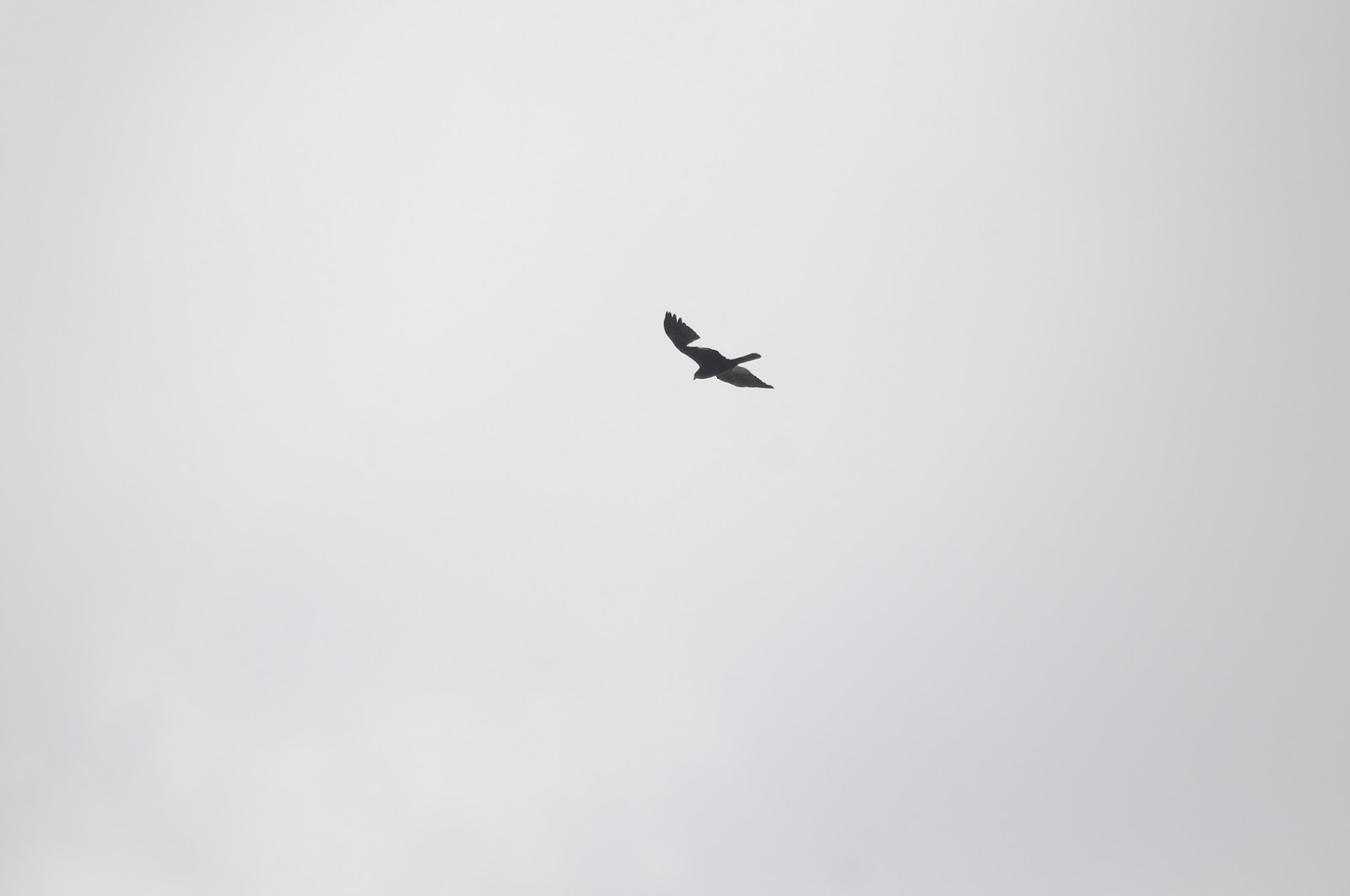Referring to the last post, one of the purposes and aims of these survey’s is to attain comparison data from one year to another, it is important and shows the health of the Inner Thames as a feeding and wintering ground. Of course much depends on the weather, it is comparatively mild now, there is no doubt that numbers would be higher if we were in a cold spell.
I try to keep the dates annually as near as possible to each other for consistency as we go forward; I also compare them with annual numbers in other areas. Basically if it’s low or high numbers in the Inner Thames in one year, is it the same in other areas?
 |
| Littlebrook Power Station |
 |
| Rainham RSPB |
 |
| The now disused Outfall at Crossness,once a bird magnet as a food source |
Of course as mentioned before it’s not an exact science and flocks and density of birds are always an estimate, for one you don’t want to spook them by getting too close in the boat.
Having said that the Black Tailed Godwits were flying around before returning to the Jetty, in this I was able to do a much more accurate count.
This year numbers of the more common waders in the Inner Thames were up from 2013, in some only marginal but nonetheless an increase.
Below are survey results of Black Tailed Godwit, Curlew, Redshank and Lapwing excluding the numbers from Rainham RSPB, these are the more ‘numerous’ birds of the Inner Thames.
2014 2013 2012 2011
Black Tailed Godwit 316 180 203 480
Curlew 31 23 34 28
Redshank 615 589 755 772
Lapwing 421 263 161 240
Curlew 31 23 34 28
Redshank 615 589 755 772
Lapwing 421 263 161 240
Of course if you include Rainham RSPB these numbers are even higher, especially on the Lapwing front.
As you can see though all show an increase from 2013, good to see Black Tailed Godwit numbers climbing again.
 |
| Fords roost - Black Tailed Godwit and Redshank |
 |
| Lapwing - Cory's Wharf |
 |
| Redshank - Littlebrook Roost |
Aside from recording numbers the other main issue is identifying Jetties/Structures, they are vital and important to wintering waders,
Working with the London Wildlife Trust and the Environment Agency, I logged them all with GIGL a few years back.
 |
| Barking/Beckton Gull breeding colony jetty and winter roost |
 |
| The same Jetty - will this roost/breeding Jetty come under threat from Boris's proposed Ferry? |
 |
| The Maps by GIGL, there are 15 of these in the Inner Thames |








.JPG)
.JPG)


.JPG)








.jpg)
.jpg)
.jpg)
.jpg)
.jpg)





